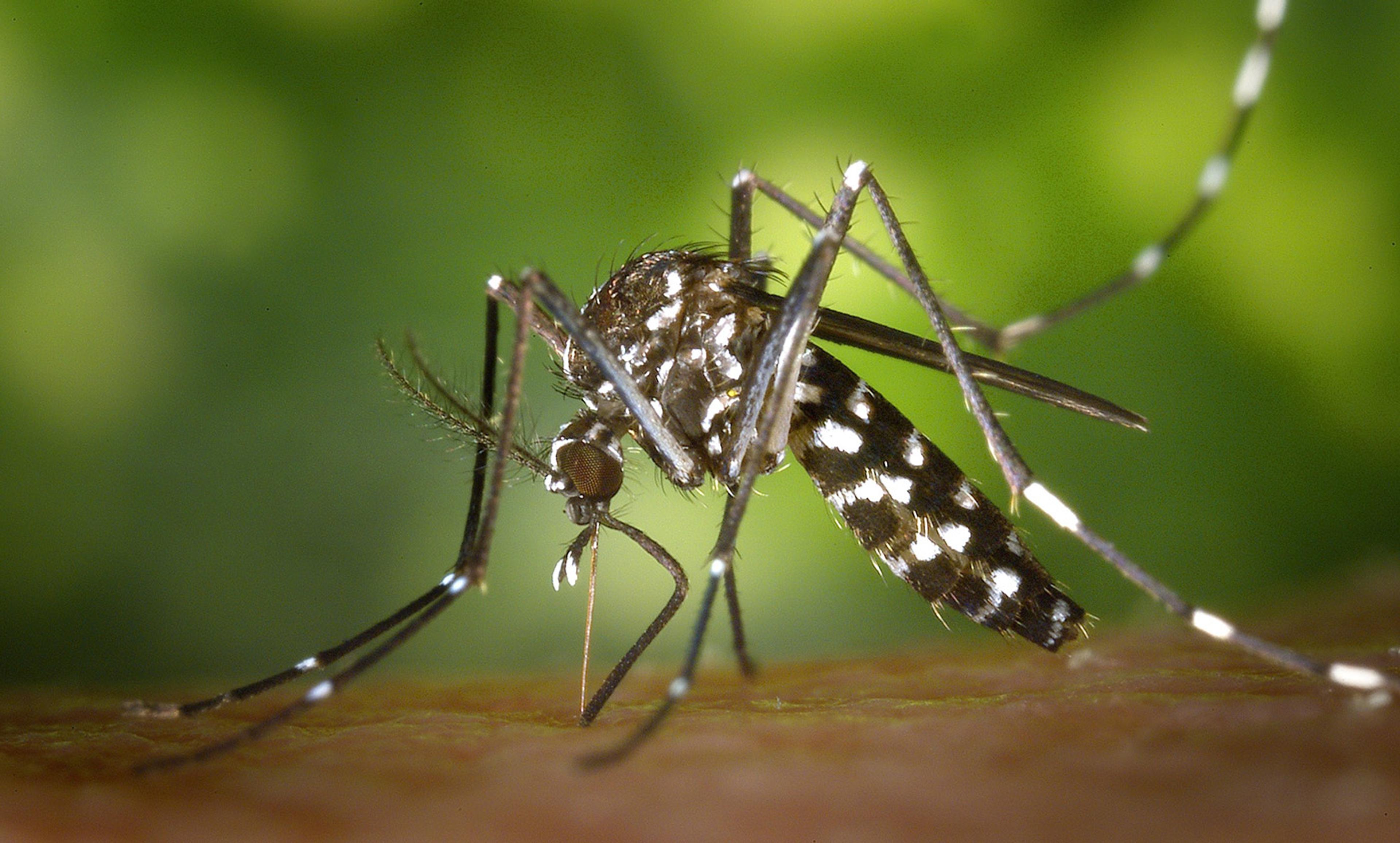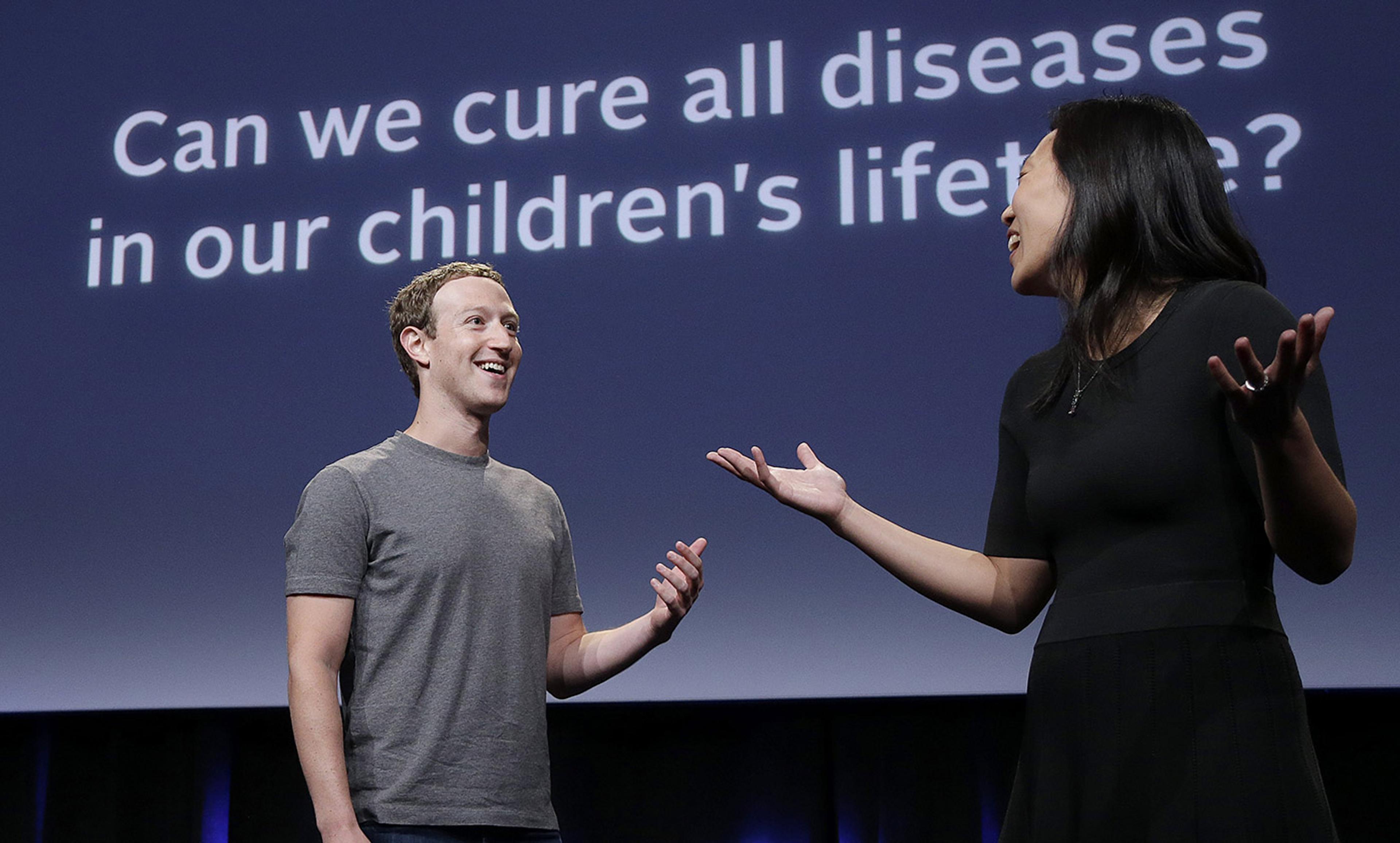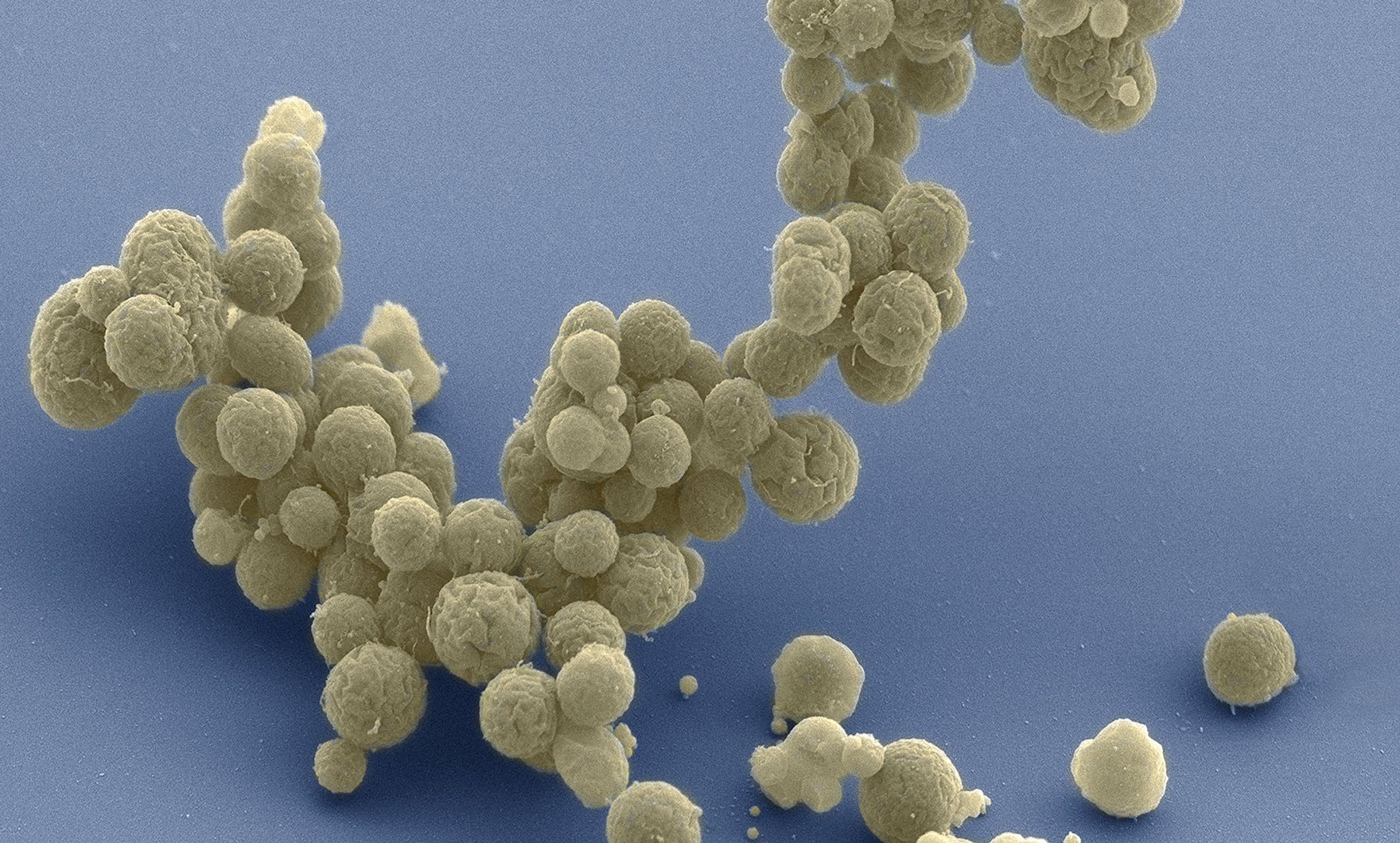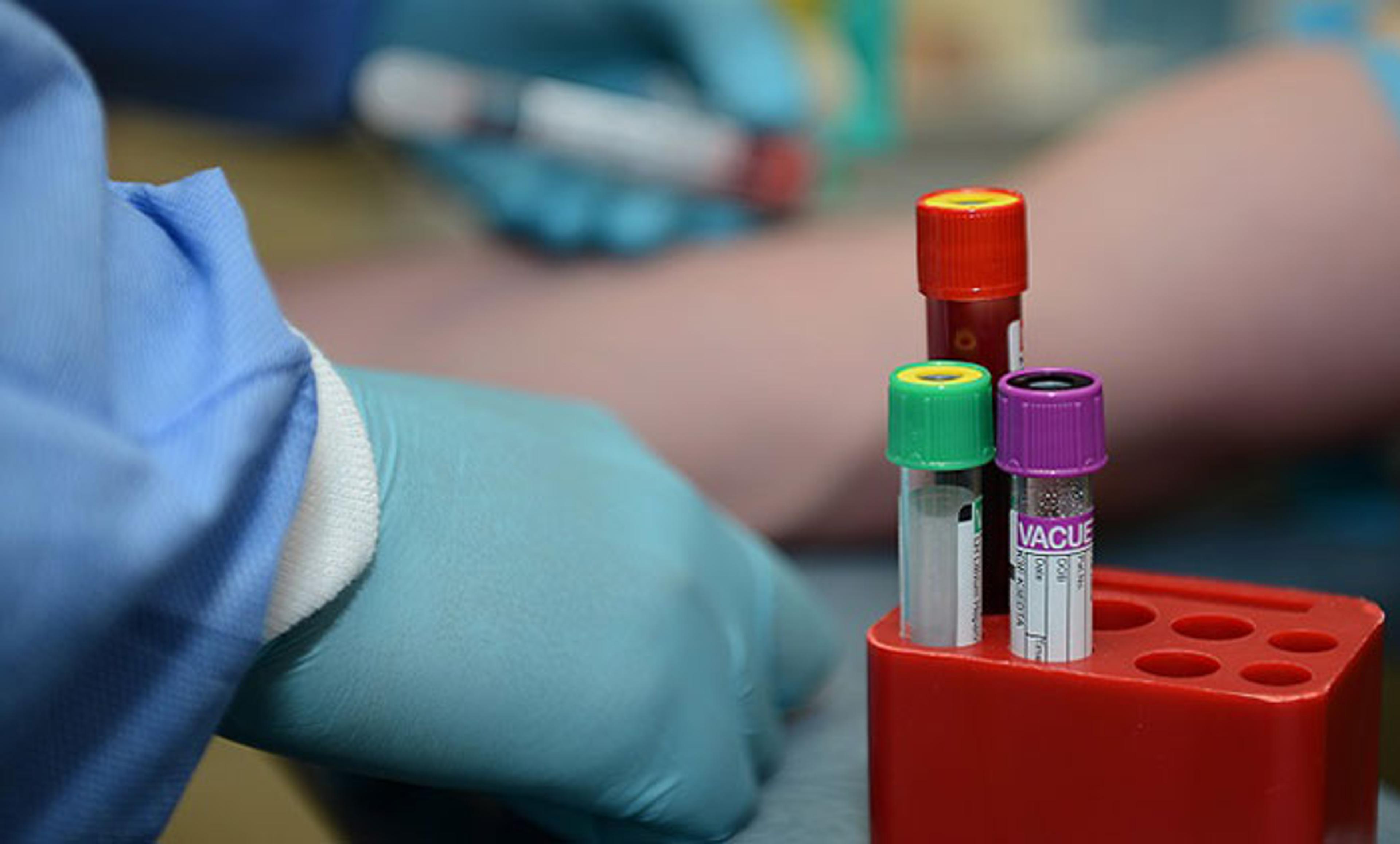Wikimedia
There is a longstanding tension between innovation and regulation in genetic engineering, as policymakers have struggled to balance the benefits of innovation with the need to address safety concerns. But with recent advances – most notably the discovery of the gene-targeting and gene-cutting molecular machinery known as CRISPR-Cas9 – the tension has begun to snap. While consumers are focused on a debate over the labelling of the first generation of genetically engineered food ingredients, the latest techniques allow types of genetic modification that fall outside of existing regulatory frameworks, and in some cases are deliberately designed to circumvent them.
Since the late 1970s, genetic engineers had to blindly launch a novel gene into a host cell, hoping it landed in a good spot and worked well there. Not anymore. Now they can precisely cut and delete particular spots of DNA; replace portions of genes; or add entirely new genes in specific places. These techniques, collectively called ‘gene editing’, are akin to our abilities to take pen to paper to delete phrases, rearrange sentences or add new ones. CRISPR-Cas9 in particular makes it easy for genetic engineers to mutate, swap or add multiple genes at one time. Researchers recently used this approach to edit a whole set of 60 pig genes, with the goal of producing porcine organs that harbour fewer viruses and so are safer for human transplantation.
Animal and crop genetic engineering is heading quickly towards gene editing, not just because of its speed and creative power but also because its developers recognise loopholes in oversight in the United States. Some of the new gene-editing techniques fall outside of current regulatory definitions, which are based on old-school genetic engineering. For example, the US Department of Agriculture has primary authority for overseeing genetically engineered plants under the Plant Pest Act. That approach made sense when engineers employed plant-pest DNA sequences to deliver new genes into host plants. With gene editing, though, biotech engineers no longer have to use such sequences to insert genes. As a result, several edited crops, such as an anti-browning white button mushroom using CRISPR-Cas9, have evaded US regulation. Regulatory avoidance has become the name of the game, as biotech crop developers flock towards under-the-radar gene editing.
A second advancement in genetic engineering relies on gene editing, but takes it a step further in order to spread altered genes through whole wild populations. Here the regulatory issues are even more daunting. Usually, an introduced gene is carried on one of a pair of chromosomes and is thus inherited by about half of the offspring in the first generation. Eventually the gene will get diluted in the natural population if there is no selective advantage to it. In contrast, experimental new ‘gene drive’ systems allow for an edited gene on one chromosome to copy itself into its partner chromosome. The result is that nearly all offspring will inherit the engineered gene. If just a few organisms with gene drives are released into the wild, the whole population could end up with the edited gene. In organisms with short generation times and random mating, an engineered gene could spread through a large population within just a season.
Gene drives have not yet been released into the wild, but they have been demonstrated in laboratory-cage experiments with fruit flies and mosquitoes. Scientists have proposed several reasons to use gene drives to engineer populations in the wild. For example, the drives could spread killer genes to destroy unwanted pest populations, invasive species or disease-carrying organisms. The release of just a few individuals with killer-drive systems could theoretically cause a whole population to collapse. This type of assault could come in handy for eradicating mosquitos carrying dengue, malaria or the Zika virus. Gene drives could also be used to add beneficial genes to populations. Editing systems such as CRISPR-Cas9 could carry cargo genes with them to immunise an endangered species against disease or to protect it from the effects of climate change. In some cases, gene drives might be the only option to save an endangered species or to protect humans from great harm.
Ecosystems are complex and sensitive, however. Unintended effects could accompany engineering species in the wild: a more dangerous pest might fill a niche left vacant by a killer-gene drive, or beneficial predators might be harmed from eating prey with killer-gene drives. Although researchers are working on systems to recall gene drives, certain effects could be irreversible and others unpredictable.
Gene editing and gene drives represent an inflection point in our technological capabilities: they are outpacing government abilities to develop appropriate risk assessments and oversight systems for them. To address these issues, several expert workshops have been held across the US at academic and non-profit institutions such as MIT and the J Craig Venter Institute over the past two years. The US National Academy of Sciences is soon expected to release a report on gene drives and responsible research, including suggestions about new approaches to oversight. Recently, our Genetic Engineering and Society Center at North Carolina State University contributed to the effort, convening a gene-drive workshop that brought together more than 70 experts in the social sciences, humanities and natural sciences from academe, business, government and non-profit organisations.
Although our workshop was not designed to achieve consensus, the group generally agreed on three key points:
1) People living in areas of gene-drive deployment should be consulted prior to release;
2) Conflict exists between current regulations that focus on containment, and field-testing gene drives that are designed to spread; and
3) Gene drives do not respect human-made borders, so collaborative and international governance is even more important than usual.
Mainly, the workshop yielded more questions than answers – an important one being that scientists do not yet understand gene drives well enough to develop responsible rules for deploying them. Research funding for biosafety and risk analysis, as well as efforts to devise oversight systems suited for gene drives, are sorely needed.
Past societal conflict about genetically engineered organisms can provide guidance for oversight of the future. Instead of today’s contested, top-down systems of making decisions, we need adaptive, bottom-up, inclusive systems that can account for a variety of concerns while keeping pace with the changes in technology. Scholars in social sciences, including myself, have published policy-process models for such ‘new governance paradigms’. Social awareness and increased public dialogue about the new capabilities of genetic engineering are an important first step as we tease out the institutional arrangements. Let’s begin that effort now, as we stand at the precipice of engineering nature itself.






